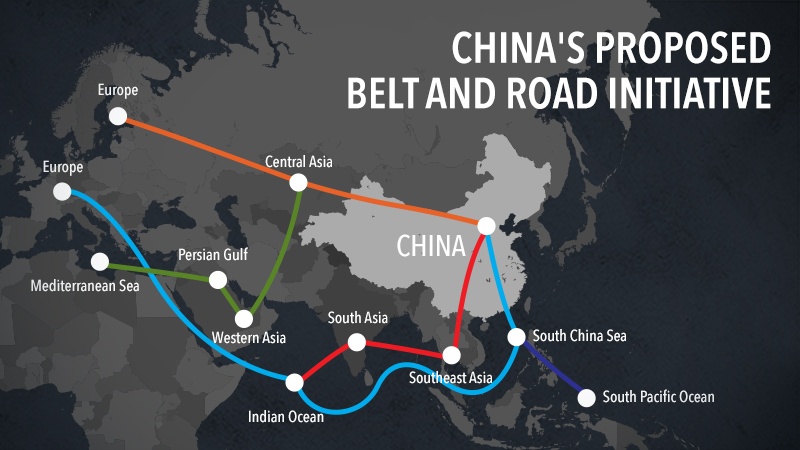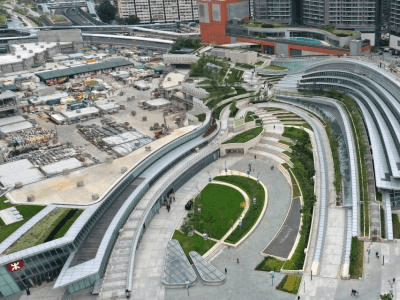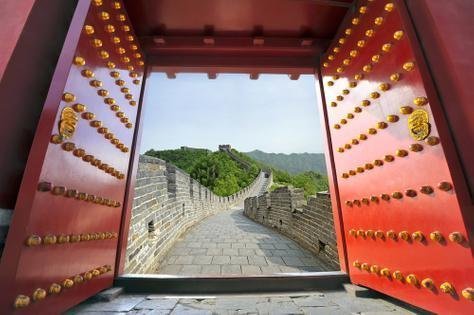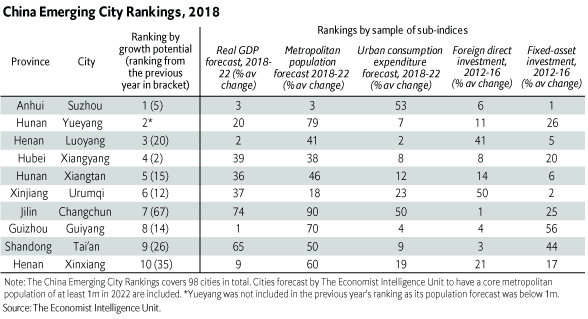US.- China relations and outlines trends will drive China’s economy in 2019. The China economy is a transitional economy and is growing at 6.5 percent with average income($16,6800). The message is that China is seeking to globalize towards emerging economies along the Belt and Road. At home, the Chinese consumer story should continue to be supported by strong income growth, mild consumer price inflation, high household savings, and low household debt. Concerning home bias portfolio managers, the Chinese own 97% percent of their CRE assets. The China vision is One Belt, One Road initiative aims to link the economic circles of East Asia and Europe by land and sea to partners in Asia, Europe, and Africa. The $1T dollar infrastructure strategy integrates 71 countries and potential $6T in the capital flow of good and services to over 3 billion people, with $46B going to Pakistan infrastructure.
China led all Asia Pacific markets in sales of income generating properties in 2018, taking the top spot for the second year in a row, according to a report by market data provider Real Capital Analytics (RCA).Mainland China’s sales of income-generating properties tallied $31.2 billion in 2018, down 14 percent from the $36.2 billion in 2017, but still 8.3 percent ahead of Japan and Australia which tied at $28.8 billion.China Comes Out on Top Despite Slowdown caused by the deleveraging process in the mainland.The decline in Asia’s largest income property market is accelerating, with 2018’s decrease in volume compared to 2017 outstripping the previous year’s decline by 57 percent quicker, due in part to a tighter lending environment.
Although China’s investable CRE was valued at $3.9 trillion in 2017, the second highest in the world, the country’s Transaction Activeness Ratio or TAR remains relatively low. The index refers to the ratio of annual investment transactions to investable real estate value, which can be quoted as an indicator of market liquidity. Along with other BRIC countries, China is still in the low-liquidity phase. With its investment market continuing to mature the market is projected to shift into medium-liquidity phase around 2025. In 2019- 2020, investors are advised to focus on urban regeneration projects in first-tier cities, tap into the shift of high-potential CRE investment markets into maturity phase, and explore new opportunities brought by the establishment of the new special economic zone of Xiong’an New Area and the Belt and Road Initiative. One of biggest real estate deals is in Kowoon for 100B all eyes are on a prime commercial site sitting atop West Kowloon’s high-speed rail terminus as developers line up joint bids for what should be Hong Kong’s most expensive property to ever go up for sale.





